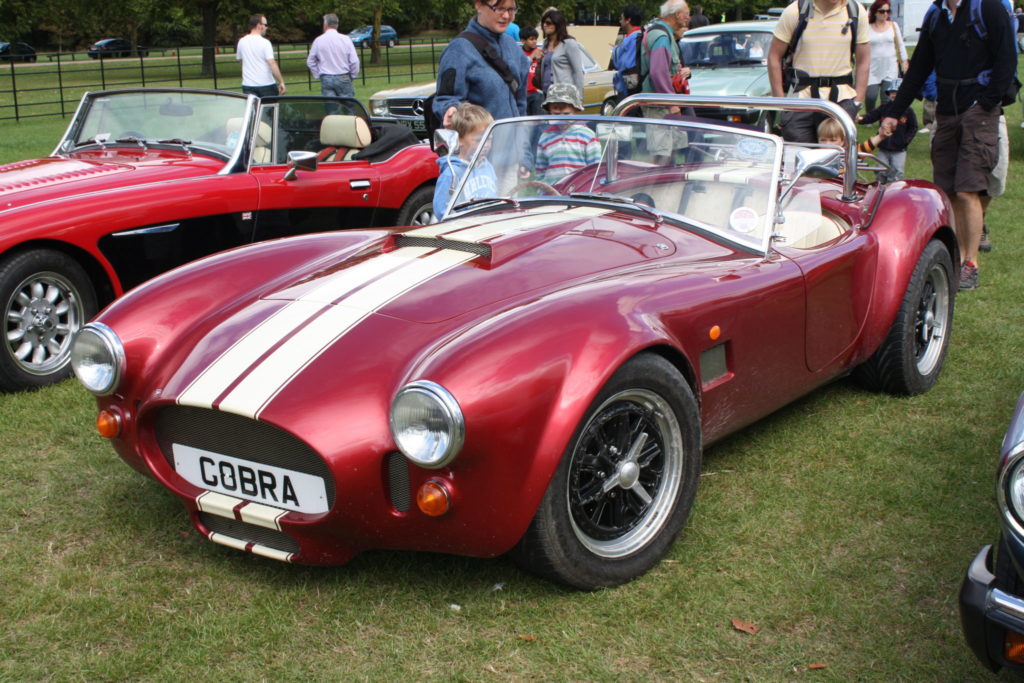Many states recognize certain vehicles as classics, antiques, and collectibles, based on age. The exact definition of what qualifies a car as “classic†or how old a truck must be to be considered “antique†varies from state to state. Usually, state DMVs will honor these sorts of vehicles with specialty license plates, and California is no exception.
The DMV of California offers two plates for old vehicles: the Historical Vehicle License Plate and the Horseless Carriage License Plate. A “historical vehicle†must be manufactured after 1922, be at least 25 years old, and be of historic interest. A “horseless carriage†must be manufactured during or before 1922, or be manufactured with 16 or more cylinders before 1965. Both kinds of vehicles may only be driven “in historical exhibitions, parades, or historical vehicle club activities.â€
There is a good chance your car won’t qualify for either one, and if it does, you probably don’t drive it to work every day. Still, your car may be a classic and require the appropriate insurance. As previously stated, the definitions for “classic†vary, but they usually apply to vehicles older than 20 years. Contact your AIS representative to see if you need classic vehicle insurance.
This content is offered for educational purposes only and does not represent contractual agreements. The definitions, terms and coverages in a given policy may be different than those suggested here and such policy will be governed by the language contained therein. No warranty or appropriateness for a specific purpose is expressed or implied.

